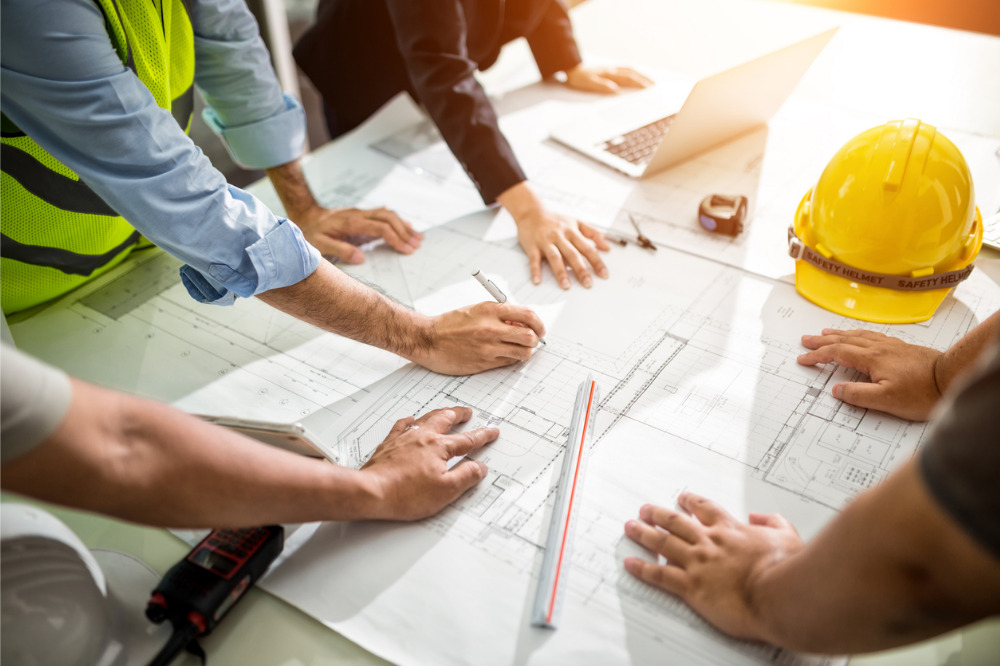
Needy public schools can now apply for government funding of at least $250,000 to build or upgrade vital infrastructure.
Federal Education Minister Jason Clare said Round 2 of the Albanese Government’s Schools Upgrade Fund will provide $215.8m in funding and can be used for large scale capital works projects.
Public schools with the greatest need will be prioritised – including schools with high numbers of students from a low-socio economic background, First Nations Students, and students with disability and schools which haven’t received significant capital funding in the last two years.
The latest round of funding – which schools can apply for until 29 February 2024 – follows $53.6m in School Upgrade Funding the Government already announced earlier this year.
“I want all students to get access to a quality education, including access to quality facilities to learn in and play on,” Minister Clare said in a statement.
“From upgrading art rooms and tech rooms to new outdoor equipment and replacing demountables, this funding will deliver upgrades to government schools that need it the most.”
Assistant Minister for Education Anthony Chisholm said the funding recognises that all schools should have the ability to provide the facilities that help young people excel.
“Our schools deserve great infrastructure and quality equipment to help students achieve their best – no matter where they live, or what their background may be,” Chisholm said.
“To be a smart and innovative nation, we need to ensure that all Australians have the same opportunities and access to a supportive learning environment. This is a great outcome and I’m thrilled that we can deliver this funding to much-needed projects at schools across Australia.”
Research has shown that investment in public school capital works can help lift student performance and generate more than $5bn a year for the Australian economy.
The ‘Investing in Schools: Funding the Future’ report draws on a decade of local and international evidence that shows modern facilities with good lighting, temperature and acoustic controls and appropriate furniture affect learning opportunities and student outcomes.
The report shows a capital investment gap of over $8,000 between 2009 and 2018 per public school student compared to their private school peers and that private schools have received two to four times the level of investment of public schools per student, every year since 2013.
Public school enrolments have grown by 300,000 over the last decade and an additional 200,000 student enrolments are expected in Australia’s public schools over the next 10 years. However, there are growing concerns over a lack of available classrooms to cater for this growth.
Respected economist, and author of the ‘Funding the Future’ report, Adam Rorris said investment in Australian schools has “favoured private schools to an astonishing degree”.
“Private schools have received investment in school facilities that is at least twice as much received by public schools per student in any given year, outside of the BER program years, and even as high as nearly four times in one year,” Rorris said.
“This means for every dollar invested per child in a private school, a public school child would get somewhere between 27 cents and 50 cent. The Ratio of Inequity in spending between sectors is so high, it is more a ratio of shame than inequity”.


